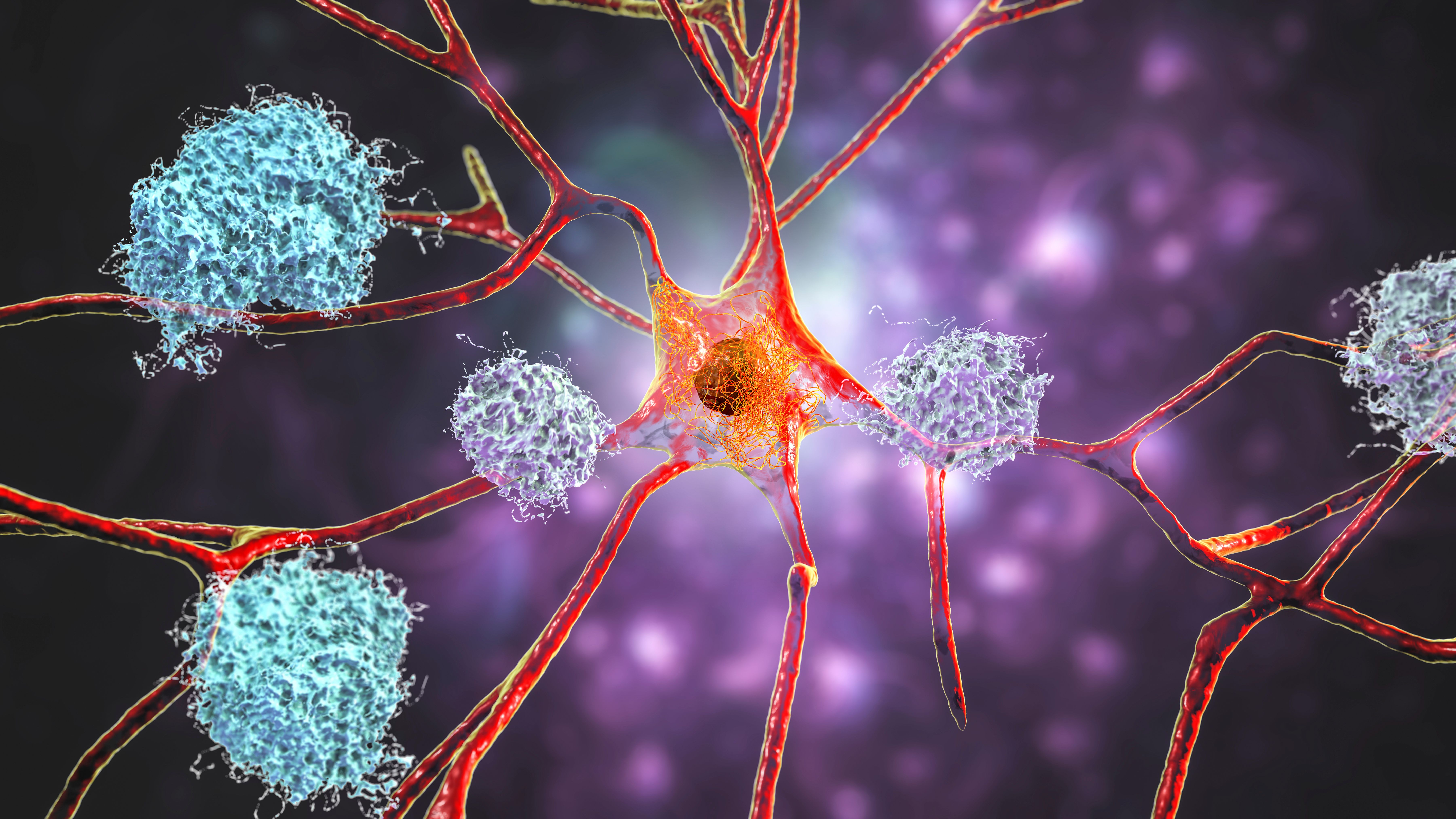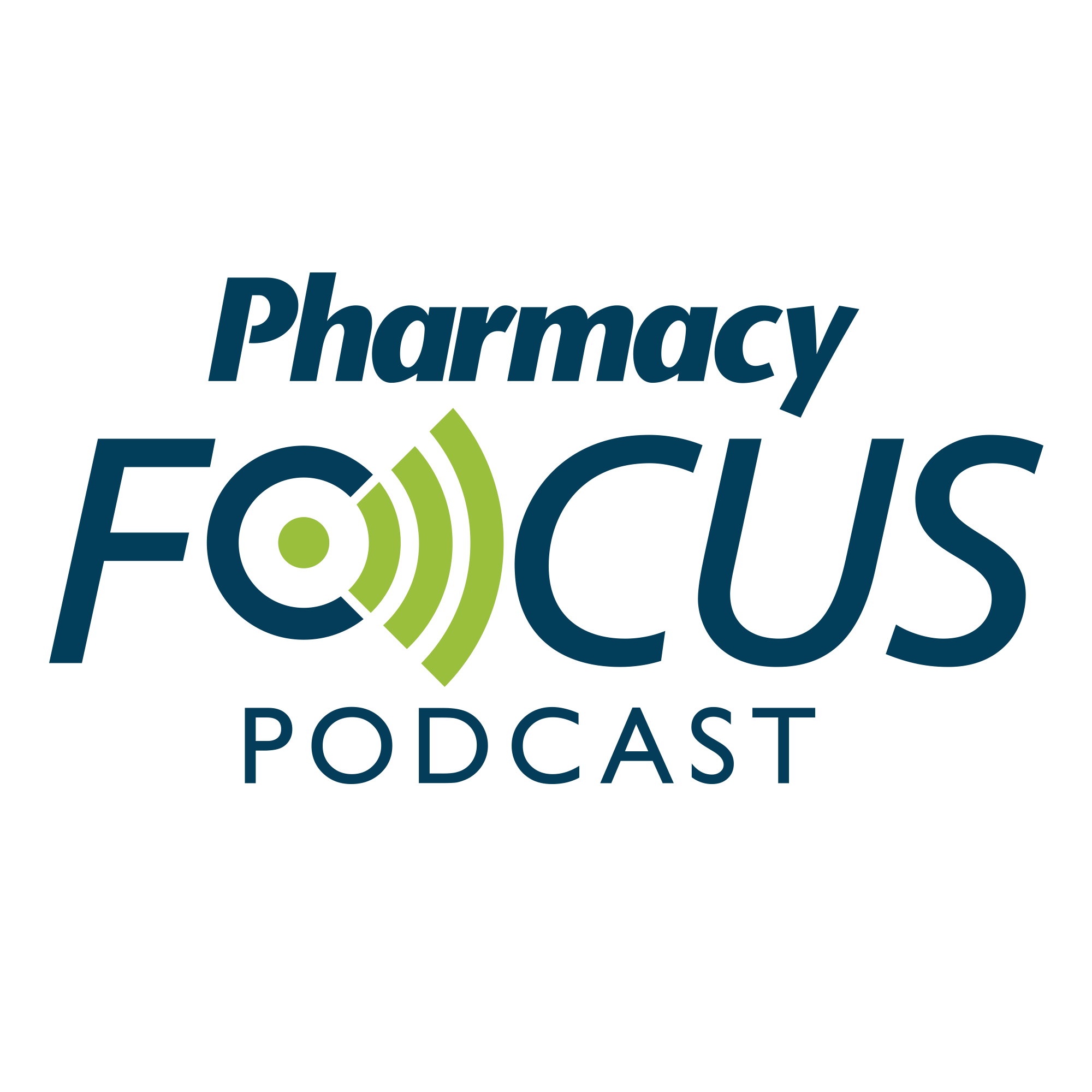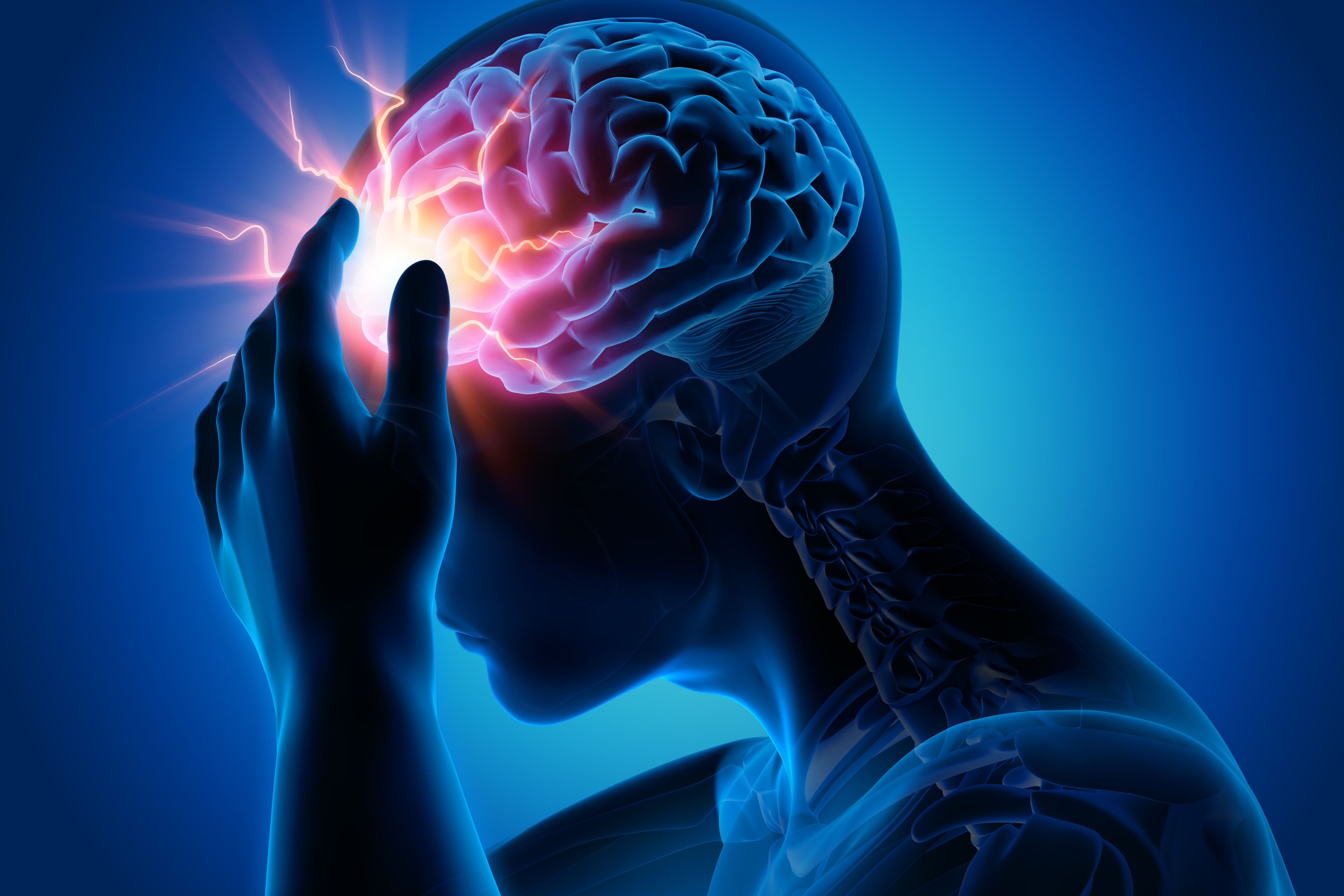Article
Equine Therapy Improves Outcomes in Patients with Neuromuscular Disorders
Author(s):
Equine-assisted therapy improved motor function in cerebral palsy and multiple sclerosis.
A new study found that horseback riding may improve symptoms among adults and children with various physical disorders, including multiple sclerosis and cerebral palsy.
Equine-assisted activities may be able to help patients with various neuromotor, developmental, and physical disabilities, despite the typically strenuous nature of the activities, according to a study published by the American Journal of Physical Medicine & Rehabilitation.
Prior research shows that equine-assisted activities can improve coordination, muscle tone, posture, flexibility, endurance, and strength, which causes problems for many patients with neuromuscular disorders.
These activities “are clearly a viable intervention option for participants with impairments in balance, gross and fine motor function, gait, spasticity, and coordination,” the study authors wrote.
Included in the analysis were 16 previous studies that evaluated horseback riding among patients with movement disorders, such as cerebral palsy, multiple sclerosis, and stroke. The authors evaluated 2 interventions: therapeutic riding or hippotherapy, which uses the movement of horses for therapeutic purposes.
The findings suggest that both interventions positively impacted patients with movement disorders. The authors found that therapeutic riding and hippotherapy can improve balance, motor function, posture, gait, muscle symmetry, pelvic movement, psychosocial factors, and quality of life, according to the study.
The researchers found that older adults, including those who have experienced a stroke, could improve balance and leg muscle strength through these activities. Children with cerebral palsy who underwent these initiatives were observed to have improved walking and gross motor function, according to the study.
“Equine-assisted activities and therapies potentially provide advantage for cognitive, emotional and social well-being; individuals who participate have the opportunity to simultaneously experience, benefit and enjoy the outdoors, which might not otherwise be readily available,” the authors wrote.
However, the investigators noted that therapeutic riding did not improve balance significantly more than other types of therapy. Additionally, the findings show positive effects of several aspects of gross motor function, but lacked a significant effect on overall function.
"The evidence for therapeutic riding and hippotherapy is encouraging, but with gaps in that there are very few studies of these interventions in the international literature,” said researcher Alexandra N. Stergiou.
The small sample size was a limiting factor for the study, but the authors said that the overall findings show promise for therapeutic riding or hippotherapy for treating patients with neuromotor disabilities.
Additional research is needed to explore the benefit of equine-associated activities in this specific population and how it can influence other aspects of life, such as activity levels and patient self-competence, according to the study.
"Equine-assisted therapies potentially provide advantage for cognitive, emotional, and social well-being," the authors wrote. "Individuals who participate have the opportunity to simultaneously experience, benefit and enjoy the outdoors, which might not otherwise be readily available."
Newsletter
Stay informed on drug updates, treatment guidelines, and pharmacy practice trends—subscribe to Pharmacy Times for weekly clinical insights.






